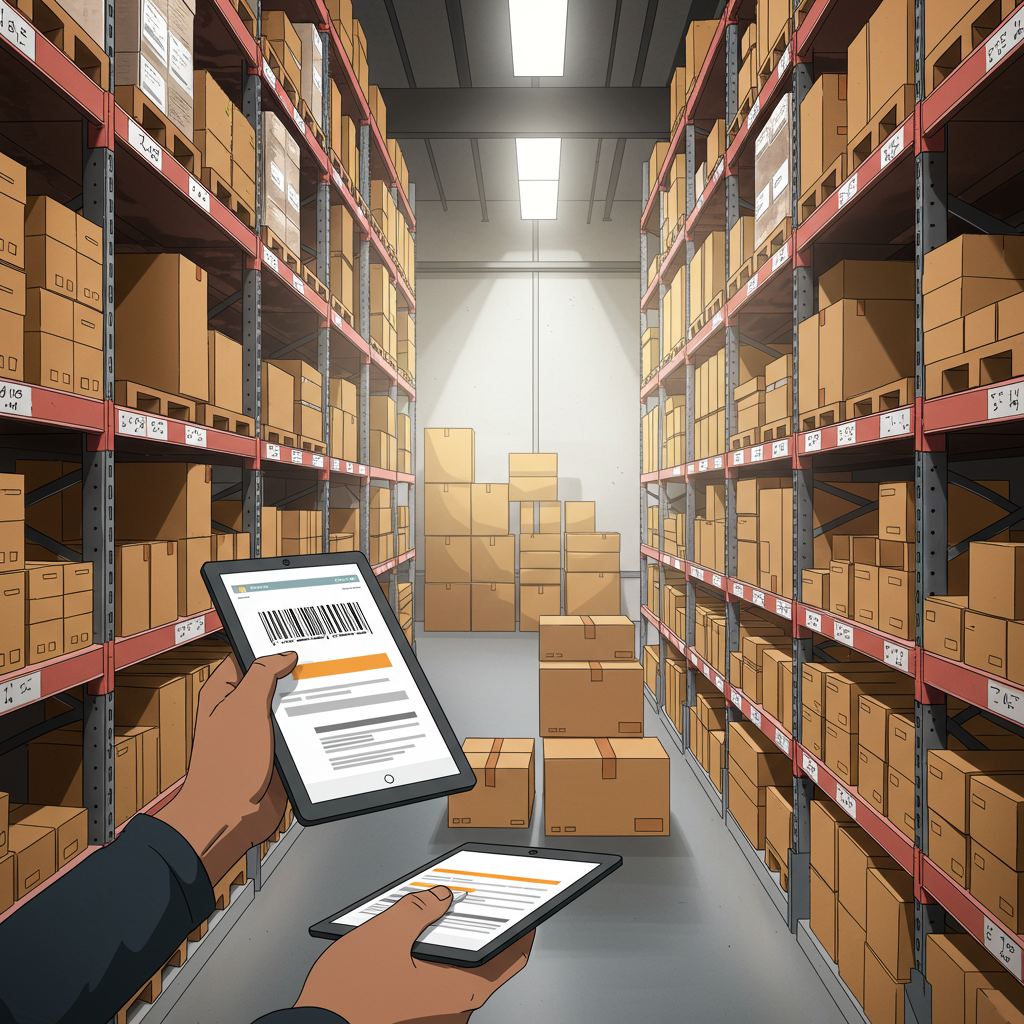Streamlining Your Stock: A Merchant’s Perspective on Essential Tools
As a Shopify merchant, I’ve learned firsthand that managing inventory isn’t just a task; it’s the backbone of a successful e-commerce operation. Without proper control, you’re constantly battling stockouts, overstocking, and inaccurate data, all of which directly impact your bottom line and customer satisfaction.
I remember the early days, trying to juggle spreadsheets and manual counts. It was a nightmare. Orders would come in for items I thought I had, only to discover they were out of stock. Or, conversely, capital would be tied up in products that simply weren’t moving.
This chaotic approach quickly taught me a vital lesson: scaling a Shopify store demands a robust inventory management system. Relying on Shopify’s basic built-in features is fine for very small operations, but as soon as you add more products, sales channels, or fulfillment locations, you hit a wall.
That’s where third-party Shopify inventory management apps come into play. They are designed to extend Shopify’s capabilities, providing the advanced tools necessary to track, manage, and optimize your stock efficiently.
Over the years, I’ve explored and even implemented several of these solutions. My goal has always been to find an app that not only streamlines operations but also provides actionable insights to help me make smarter purchasing and sales decisions.
Before diving into specific apps, let’s talk about what I believe are the non-negotiable features any good inventory management app should offer. These are the criteria I use when evaluating potential solutions for my own business.
First and foremost, real-time inventory synchronization is critical. I need to know the exact stock levels across all my sales channels and locations at any given moment. Delays here lead to overselling or missed opportunities.
Multi-location support is another must-have. If you store products in multiple warehouses, fulfillment centers, or even physical retail stores, the app must be able to track inventory accurately at each specific location.
Comprehensive order management capabilities are also essential. This includes the ability to process orders, generate picking lists, manage returns, and integrate seamlessly with shipping carriers. It’s about more than just counting; it’s about fulfilling.
Robust reporting and analytics are invaluable. I want to see sales trends, identify slow-moving or fast-moving products, understand my inventory turnover rate, and calculate my cost of goods sold. Data-driven decisions are key.
Demand forecasting features can be a game-changer. Predicting future demand based on historical data helps me optimize purchasing, reduce carrying costs, and minimize stockouts, especially for seasonal products.
Barcode scanning integration significantly speeds up receiving, picking, and packing processes. It reduces human error and makes physical inventory counts far less daunting.
Supplier management tools, including purchase order creation and tracking, help me maintain healthy relationships with my vendors and ensure timely replenishment of stock.
Finally, seamless integration with other business tools, such as accounting software (like QuickBooks or Xero) and CRM systems, ensures a unified data flow across my entire operation.
Now, let’s look at some of the apps I’ve encountered and what they generally offer. Keep in mind that the best app for *you* will depend heavily on your specific business size, complexity, and budget.
**Stocky by Shopify:** This is Shopify’s own inventory management app, and it’s a great starting point, especially if you’re using Shopify POS. It offers basic inventory tracking, purchase order management, and reporting.
I found Stocky to be intuitive and well-integrated with the Shopify ecosystem. It’s excellent for managing stock across multiple retail locations and online. However, for complex manufacturing or multi-warehouse operations beyond Shopify’s own POS, it might feel a bit limited.
**Katana MRP:** If your Shopify store involves manufacturing or assembly, Katana MRP is a strong contender. It goes beyond simple inventory tracking to manage raw materials, work orders, and production planning.
I’ve seen businesses transform their production efficiency using Katana. It provides a clear overview of your manufacturing process, from sales orders to finished goods, ensuring you have the right components at the right time.
**TradeGecko (now Acumatica Cloud ERP):** This is a more robust, enterprise-level solution. While it’s a significant investment, it offers comprehensive inventory management, multi-channel sales, B2B e-commerce, and advanced reporting.
For larger Shopify merchants with complex supply chains, multiple warehouses, and diverse sales channels, TradeGecko (Acumatica) provides the scalability and depth of features needed to manage everything under one roof.
**SKULabs:** This app focuses heavily on warehouse management and fulfillment. It’s designed to optimize picking, packing, and shipping processes, making it ideal for merchants with their own fulfillment operations.
SKULabs integrates with various shipping carriers and offers features like barcode scanning, batch picking, and shipping label generation, significantly streamlining the post-order process.
Choosing the right app requires careful consideration. I always advise merchants to start by clearly defining their current pain points and future growth aspirations. What problems are you trying to solve? What features are absolutely essential?
Don’t be afraid to take advantage of free trials. Most reputable apps offer them, allowing you to test their functionality with your actual data and see how well they integrate with your existing workflow.
Consider the learning curve and customer support. A powerful app is only useful if you and your team can effectively use it. Good support can make all the difference during implementation and ongoing use.
Finally, remember that implementing a new inventory system is a project. It requires careful data migration, team training, and a commitment to adapting your processes. Start small, perhaps with a pilot program, before a full rollout.
Investing in the right Shopify inventory management app is an investment in your business’s future. It frees up your time, reduces costly errors, and ultimately allows you to focus on growth and customer satisfaction.
I truly believe that a well-managed inventory is a competitive advantage in the crowded e-commerce space. It allows you to be agile, responsive, and always ready to meet customer demand.
What do you think about this article? I’d love to hear your thoughts and experiences with Shopify inventory management.






